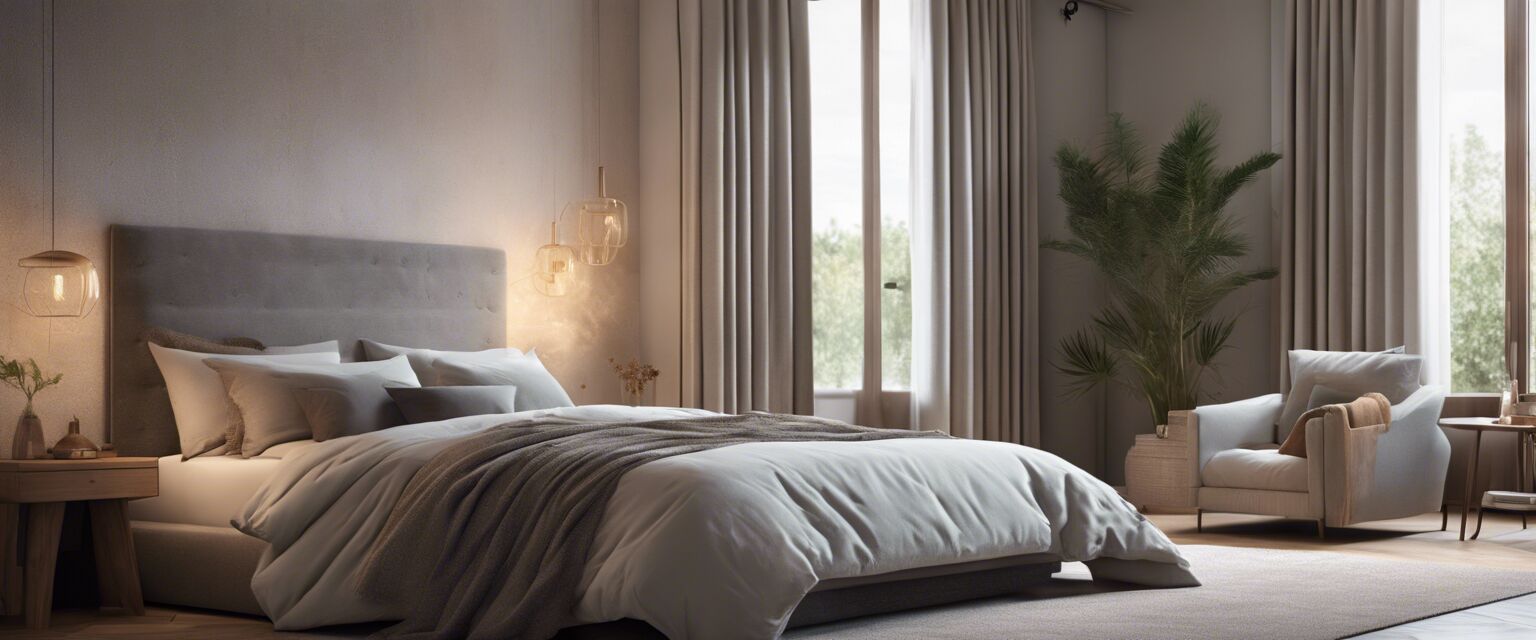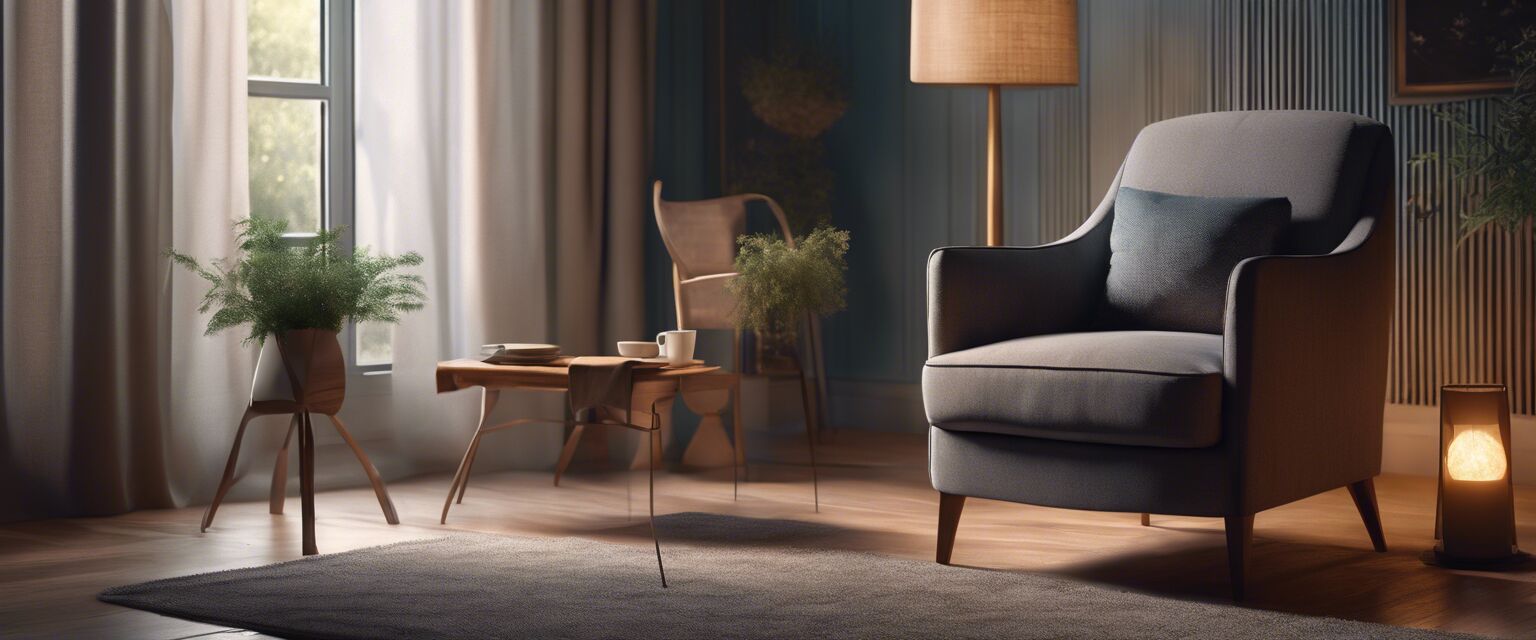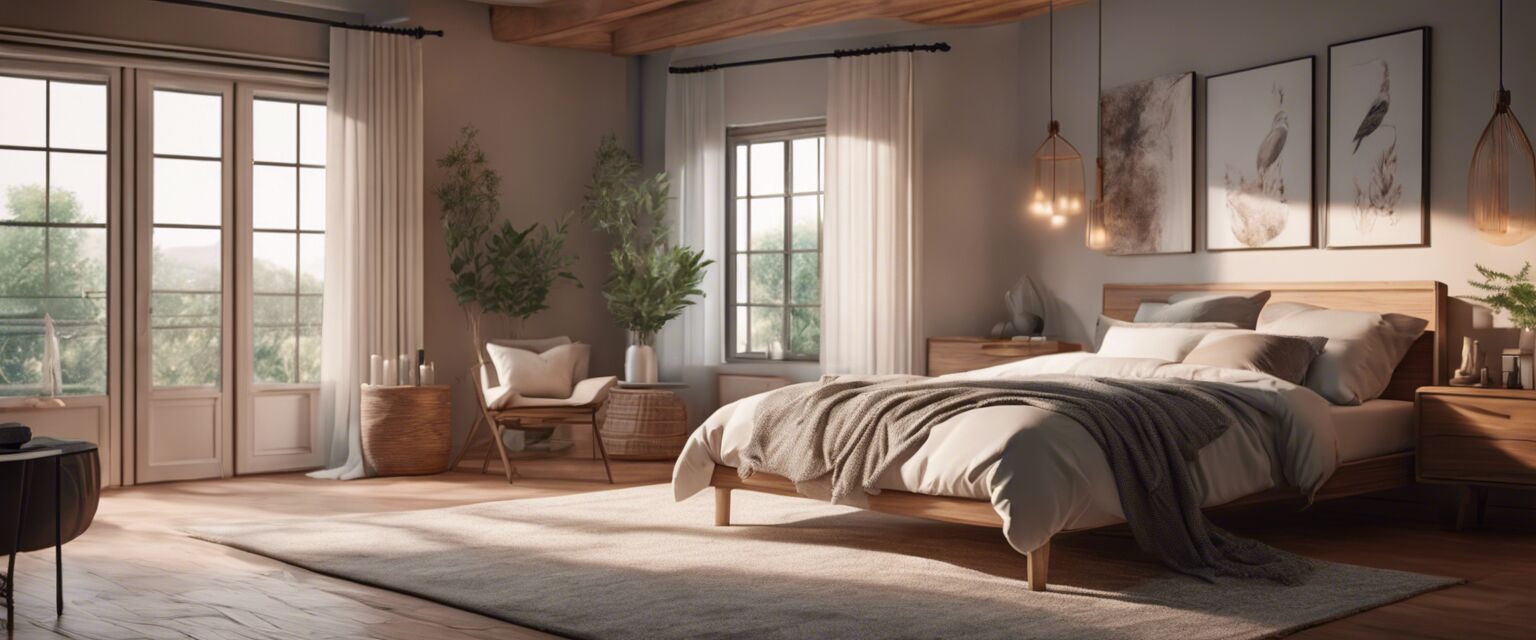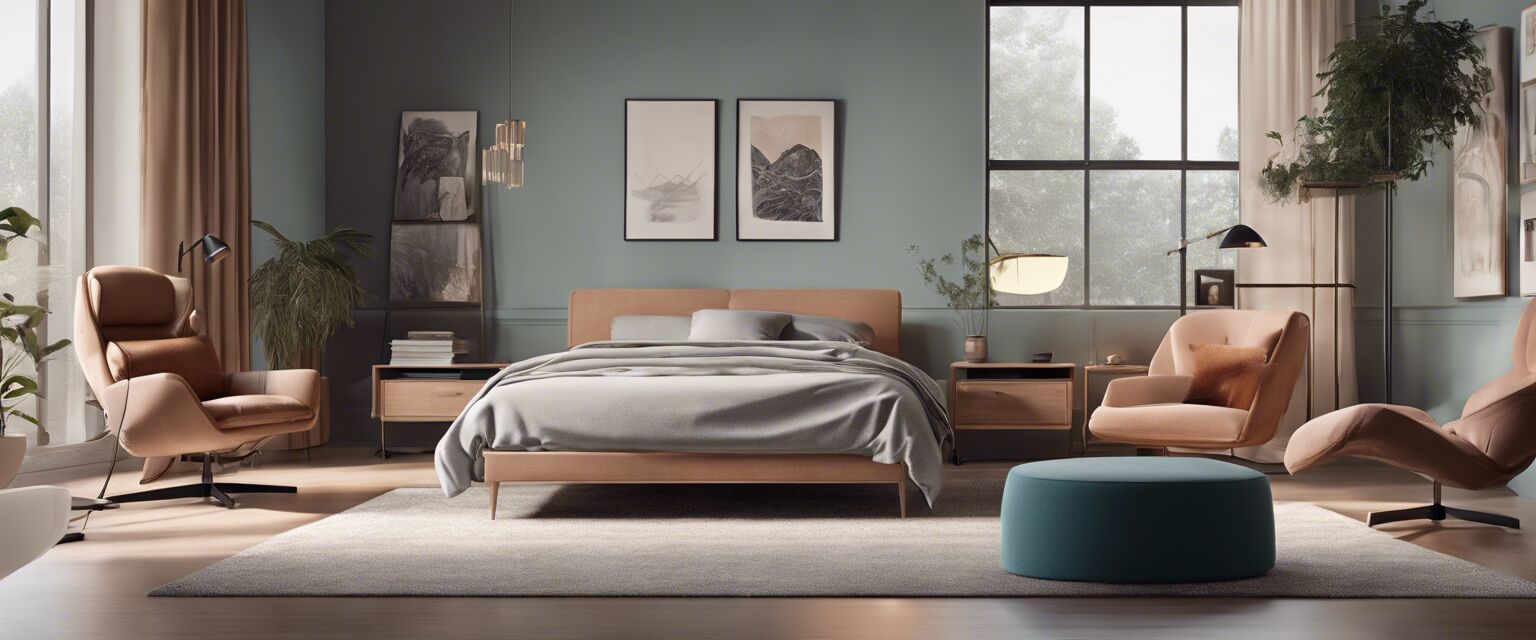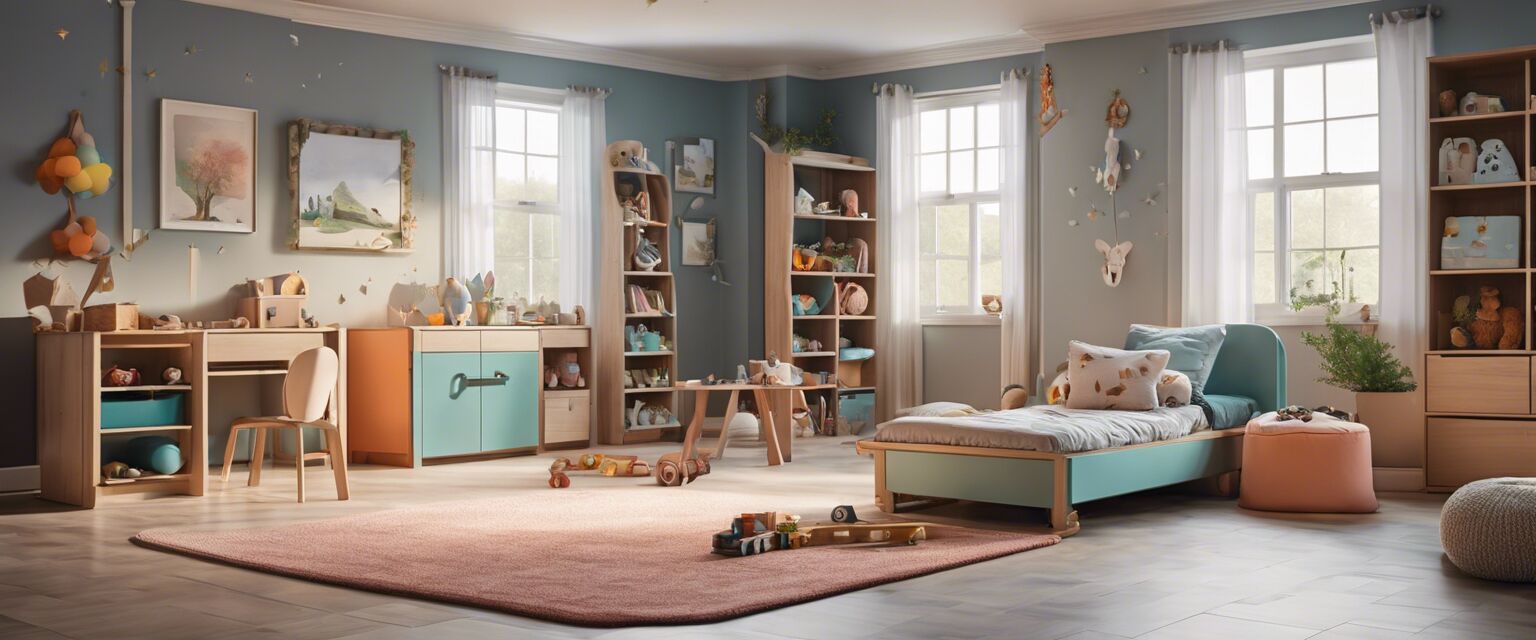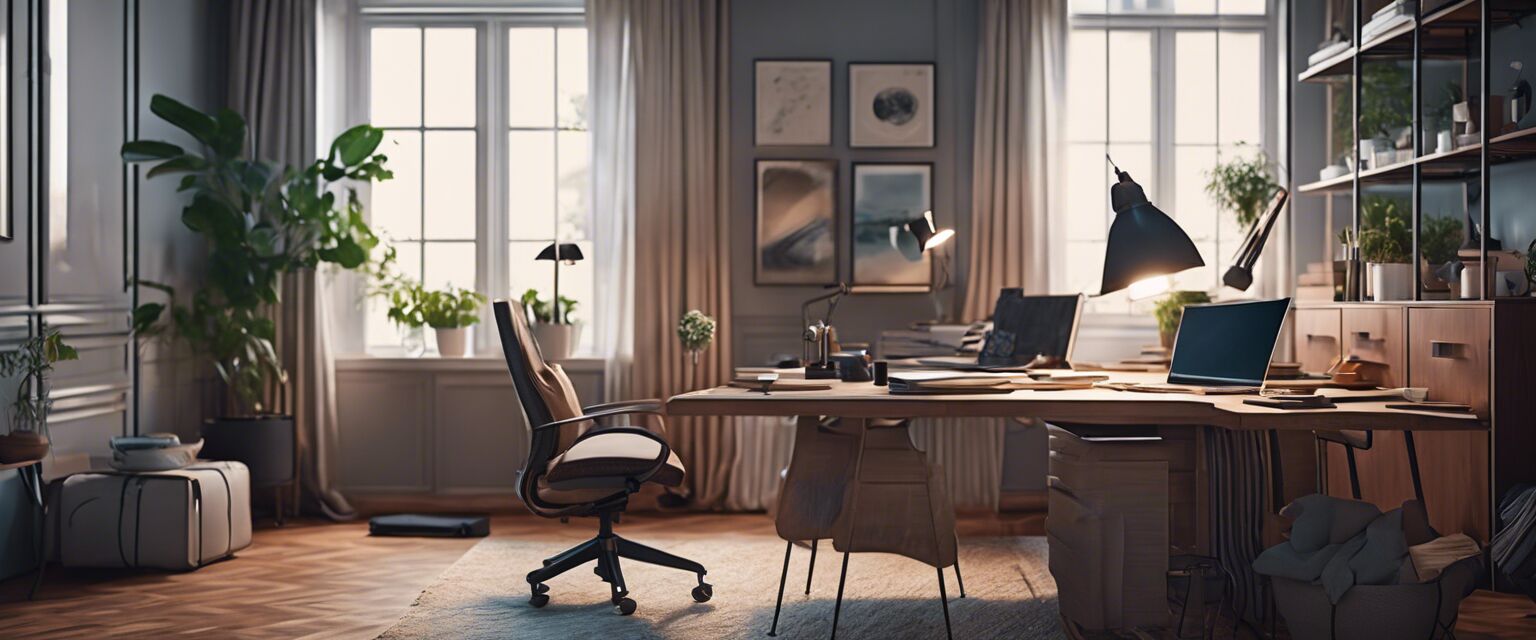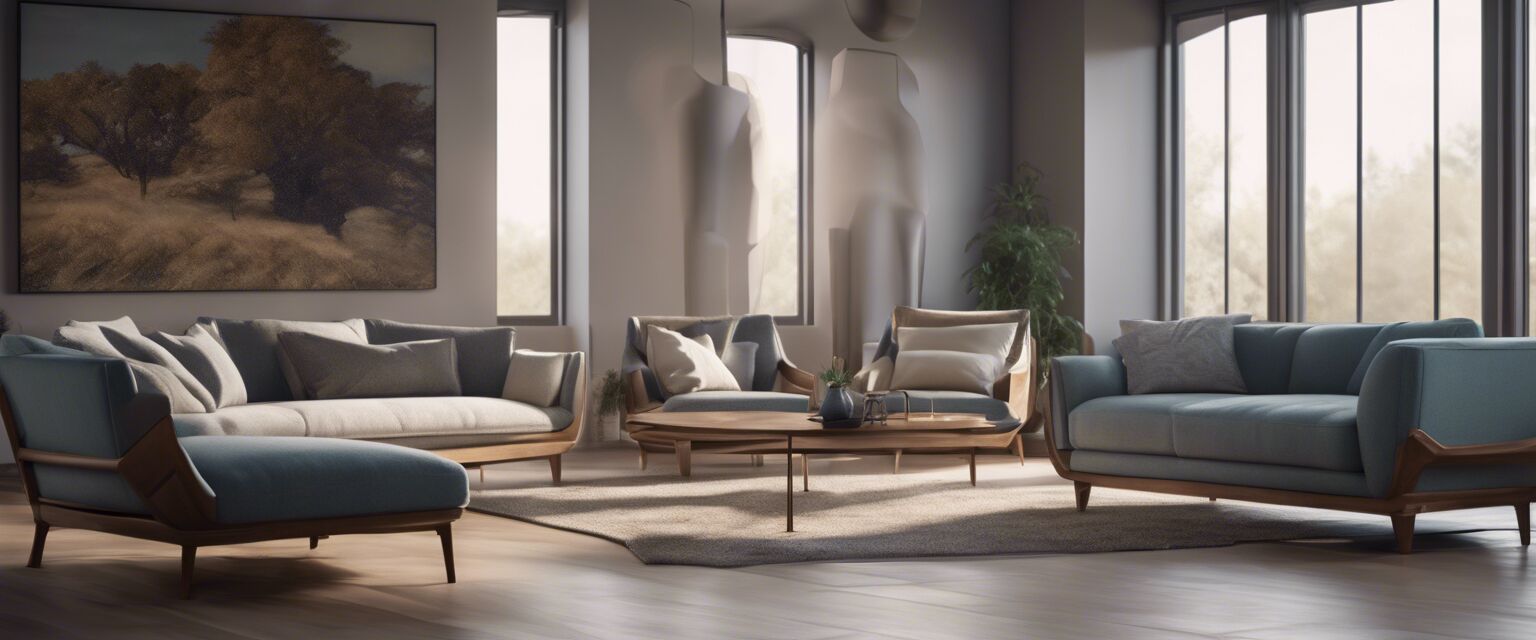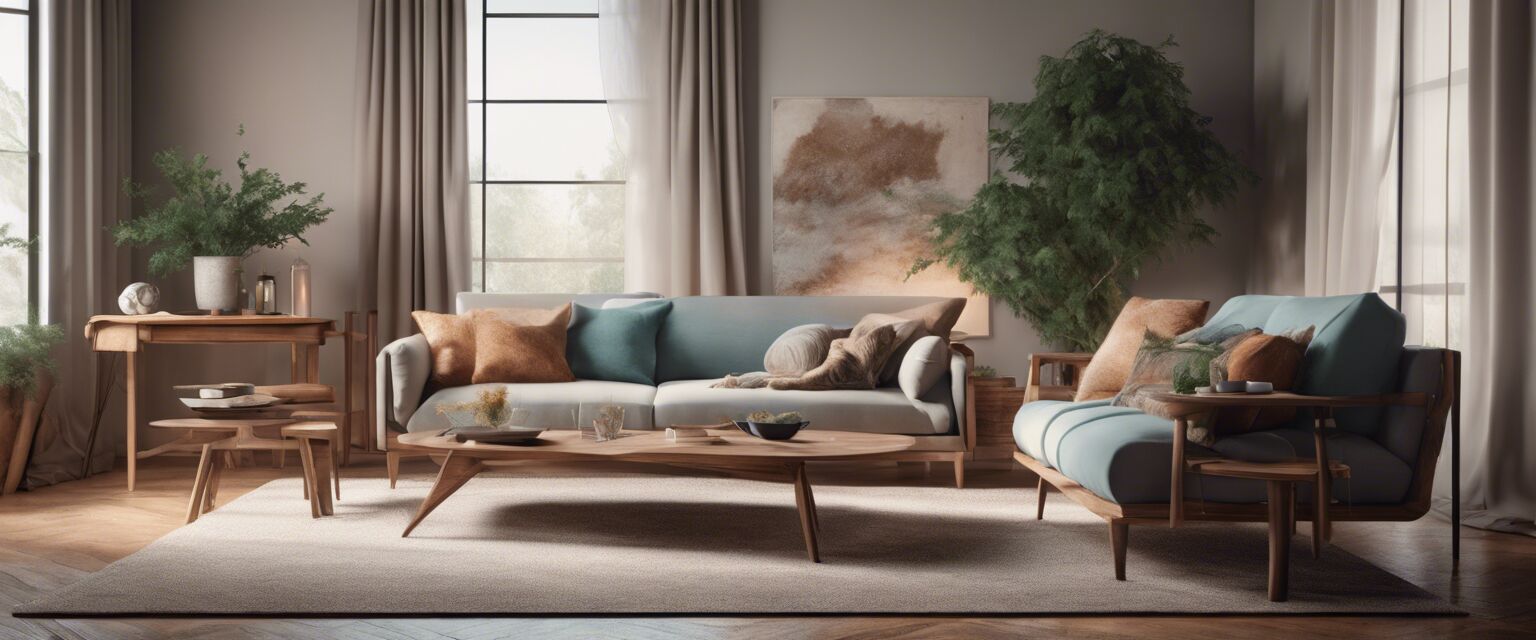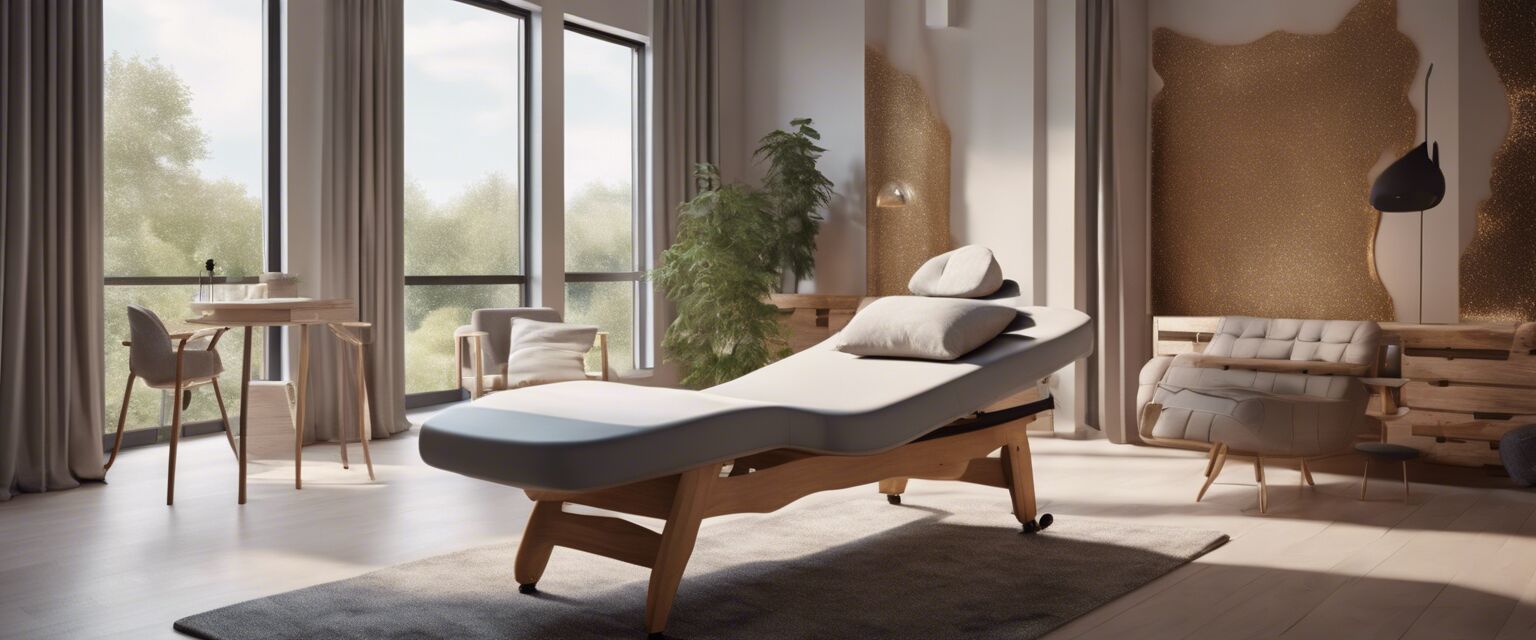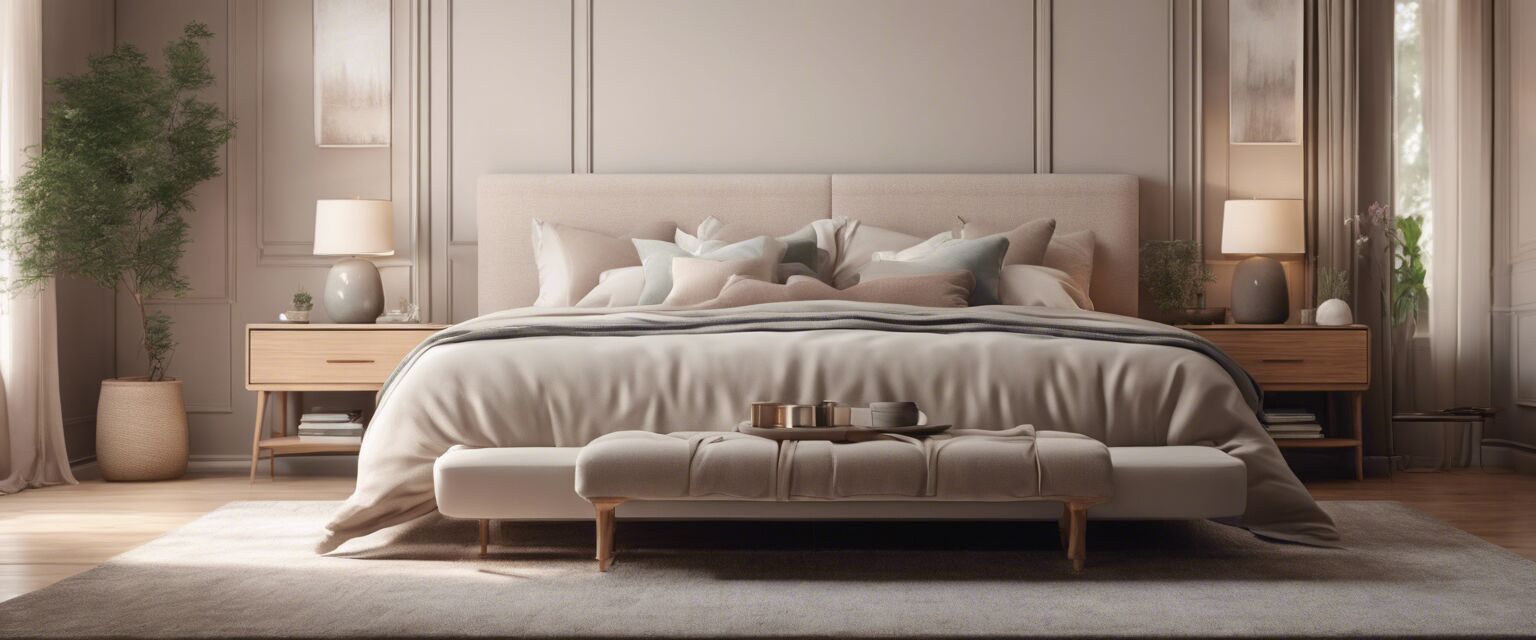
Calming Bedroom Furniture
Explore bedroom furniture aimed at providing a calming environment to enhance restful and restorative sleep. In this article, we will delve into different types of calming furniture, their features, benefits, and how they can transform a bedroom into a serene space.
Key Takeaways
- Calming furniture promotes relaxation and comfort.
- Various types include calming beds, sensory chairs, and therapeutic sofas.
- Look for furniture that minimizes sensory overload through sound-proofing and soft textures.
- Incorporating calming colors and ergonomic designs enhances the overall experience.
Why Choose Calming Furniture?
For individuals experiencing sensory sensitivities, traditional furniture may contribute to feelings of discomfort and anxiety. Calming furniture is thoughtfully designed to mitigate such effects, making it an ideal choice for bedrooms, especially for individuals with autism or sensory processing disorders.
Benefits of Calming Bedroom Furniture
- Reduces stress and promotes relaxation.
- Enhances comfort with ergonomic designs.
- Encourages better sleep quality.
- Provides a soothing aesthetic with calming colors and materials.
Types of Calming Bedroom Furniture
Let's explore some popular categories of calming bedroom furniture that you can consider for your living space:
| Furniture Type | Description | Key Features |
|---|---|---|
| Calming Beds | Specially designed beds that provide comfort and support. | Pressure-relieving materials, sound-dampening technology |
| Sensory Chairs | Chairs that offer support and sensory input in a quiet setting. | Soft fabrics, adjustable height, calming colors |
| Therapeutic Sofas | Sofas aimed at providing comfort for extended use. | Ergonomic design, plush cushioning, soothing textures |
| Quiet Room Accessories | Items that contribute to a peaceful and restorative space. | Noise-cancelling curtains, ambient lighting, sensory items |
| Ergonomic Desks | Desks designed for comfort and functionality. | Adjustable heights, stress-reducing design |
| Sensory Tables | Tables designed to promote sensory play. | Soft edges, varied textures, calming color palette |
Design Tips for a Calming Bedroom
Beginners Section
- Choose a color palette of soft, muted tones like pastels.
- Incorporate natural materials to create a warm atmosphere.
- Opt for furniture with rounded edges to avoid sharp contrasts.
- Add plants to enhance air quality and provide a calming effect.
- Minimize clutter to create an open, peaceful space.
Finding the Right Furniture for You
When looking for calming bedroom furniture, consider the following factors:
- Material: Look for soft, breathable fabrics that reduce sensory overload.
- Ergonomics: Ensure the furniture is comfortable and supports good posture.
- Size: Measure your space to avoid overcrowding the room.
- Style: Choose styles that resonate with your personal aesthetic while promoting calm.
Pros and Cons of Calming Bedroom Furniture
Pros
- Helps create a relaxing environment.
- Enhances comfort and support.
- Reduces sensory discomfort.
- Available in various styles and designs.
Cons
- May be more expensive than traditional furniture.
- Limited availability in some areas.
- Requires careful selection to ensure effectiveness.
Conclusion
Investing in calming bedroom furniture can dramatically enhance your sleep quality and overall well-being. Incorporating sensory-friendly pieces such as calming beds, sensory chairs, and therapeutic sofas can create a tranquil environment tailored to individual needs. Remember to consider your unique preferences and requirements while designing your sanctuary.
Additional Resources
For more insights on selecting the right calming bedroom furniture, check out our other pages:
- Explore calming beds
- Discover sensory chairs
- Learn about therapeutic sofas
- Browse quiet room accessories
- View sensory tables
Image Gallery
Below are some additional images that represent calming furniture in a bedroom setting:
